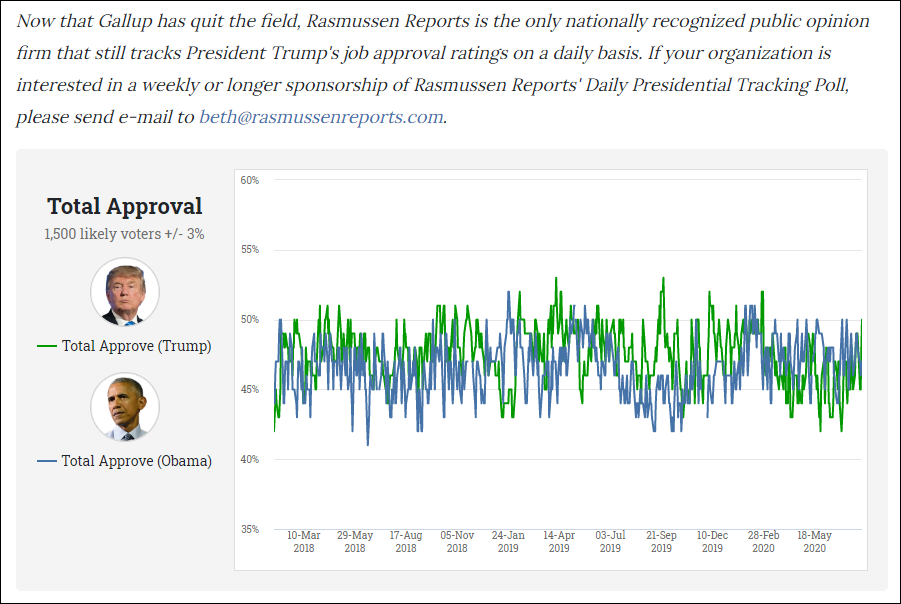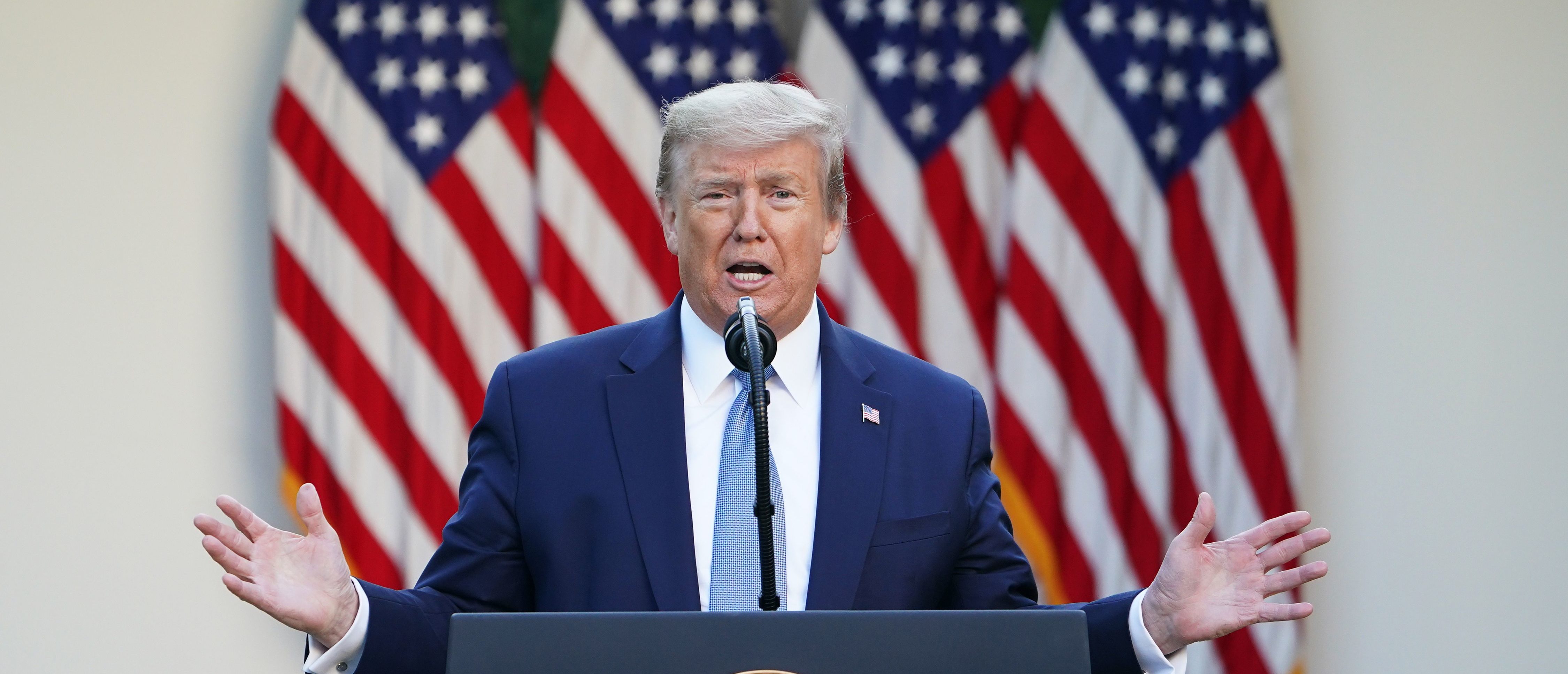Analyzing Presidential Poll Data

Presidential polls are a crucial aspect of understanding public opinion and predicting election outcomes. Rasmussen Reports is one of the prominent polling organizations, providing insights into the preferences of American voters. This section delves into the analysis of Rasmussen Reports presidential poll data, comparing it with other polls and exploring potential biases or limitations.
Comparing Rasmussen Reports with Other Polls, Rasmussen presidential poll
Rasmussen Reports polls are known for their unique methodology and focus on specific voter segments. They often provide different results compared to other polls, such as those conducted by Gallup, Pew Research Center, or the Associated Press. This difference in findings can be attributed to variations in polling methodologies, sample sizes, and the specific questions asked.
- Rasmussen Reports often employs a smaller sample size compared to other polls, which can influence the margin of error and potentially lead to greater variability in results.
- Their focus on specific voter segments, such as likely voters or registered voters, can also contribute to discrepancies with other polls that may use broader sampling criteria.
- The wording of survey questions and the order in which they are presented can also impact responses, leading to potential differences in findings across polls.
Potential Biases and Limitations of Rasmussen Reports
While Rasmussen Reports strives for objectivity, potential biases and limitations can influence their poll results.
- Sampling bias: Rasmussen Reports’ focus on specific voter segments, such as likely voters or registered voters, can potentially introduce bias if these segments do not accurately reflect the broader electorate.
- Interviewer bias: The way interviewers conduct surveys can influence responses. This bias can arise from subtle cues or leading questions that may inadvertently favor a particular candidate or position.
- Response bias: Participants in polls may provide inaccurate or biased answers due to social desirability, a desire to please the interviewer, or other factors.
Interpreting Rasmussen Reports Data
It’s crucial to interpret Rasmussen Reports data with caution, considering the potential biases and limitations. Comparing their findings with other polls can provide a more comprehensive understanding of public opinion. It’s also essential to analyze the methodology and sample size of each poll to assess the reliability of their results.
The Impact of Rasmussen Reports Polls: Rasmussen Presidential Poll

Rasmussen Reports polls have become a significant force in shaping public opinion and influencing political discourse. They are known for their unique methodology and for often presenting results that diverge from other polling organizations. This has led to both praise and criticism, with some commending their ability to capture a different perspective and others questioning their accuracy and impact.
Influence on Public Opinion
Rasmussen Reports polls can influence public opinion by providing a snapshot of current sentiment. Their polls are often cited by media outlets and political campaigns, which can amplify their reach and impact. For instance, a Rasmussen Reports poll showing a particular candidate leading in a race might encourage supporters of that candidate to become more active in the campaign, while discouraging supporters of other candidates.
Use by Media Outlets and Political Campaigns
Media outlets and political campaigns rely on Rasmussen Reports data for a variety of reasons. The polls provide insights into voter preferences, which can be used to inform coverage and strategy. Media outlets often use Rasmussen Reports data to support their own narratives or to provide a contrasting perspective to other polls. Political campaigns may use Rasmussen Reports data to gauge their own performance, identify key issues, and target their messaging.
Role in Shaping the Political Landscape
Rasmussen Reports polls play a role in shaping the political landscape by influencing the narrative surrounding elections and political issues. Their polls can impact the way that voters perceive candidates and issues, and can influence the way that political campaigns are run. For example, a Rasmussen Reports poll showing a particular candidate trailing in a race might prompt the candidate to adjust their campaign strategy or focus on specific issues.
The Rasmussen presidential poll, while claiming to be a gauge of public sentiment, often seems more like a political tool. The poll’s focus on the latest controversies, such as the recent ground stop of NYC airports , further fuels the political firestorm.
While the poll might claim to be objective, its results often align suspiciously well with the interests of those who commission it.
The Rasmussen presidential poll continues to reflect the deep divisions within the electorate, with the latest numbers showing a tight race. It’s no surprise, then, that all eyes are on the trump press conference today , where we can expect a barrage of rhetoric aimed at solidifying his base and attacking his opponents.
Whether this will sway voters in the Rasmussen poll remains to be seen, but one thing is certain: the political landscape is volatile and unpredictable.
